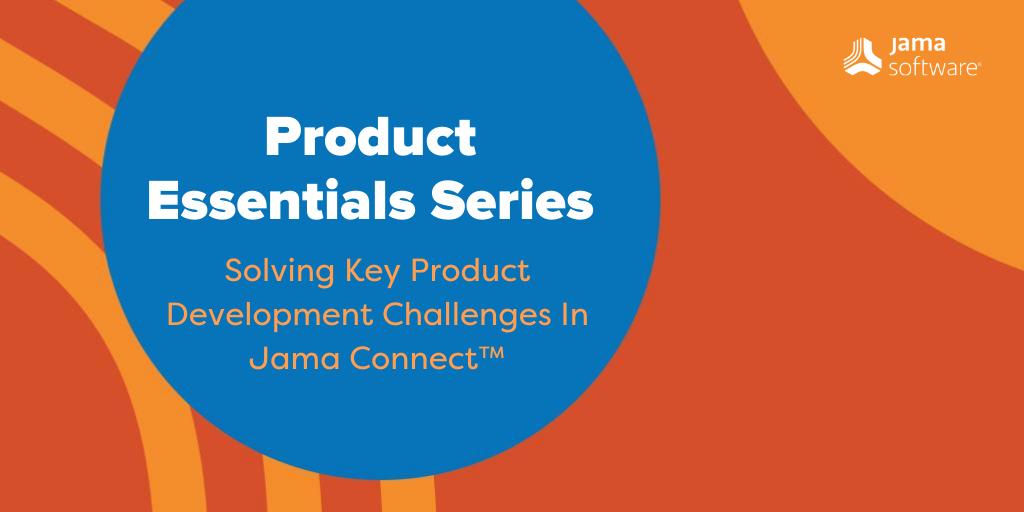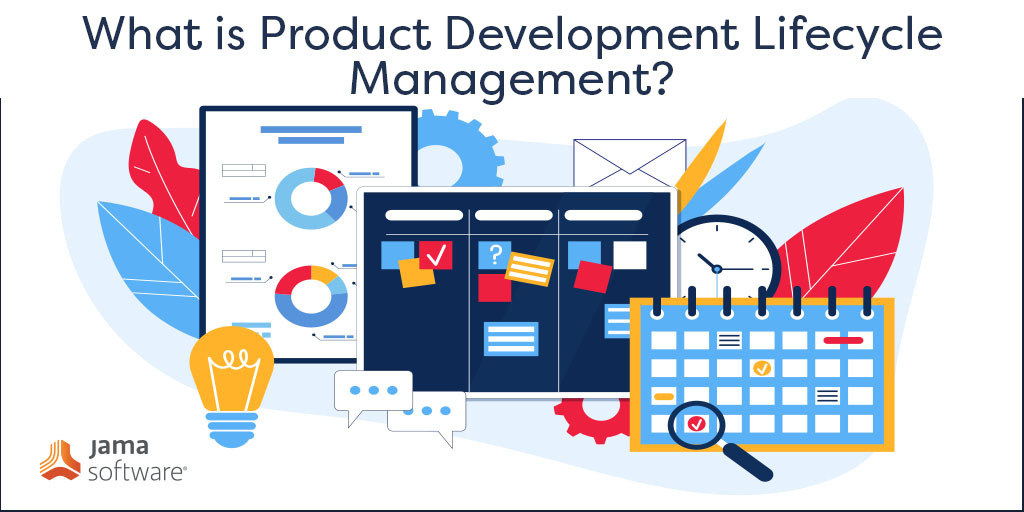Editor’s Note: This post on ways traceability has changed to support the remote workforce was originally published here on DevOps.com on June 24th, 2020, and was written by Josh Turpen, Chief Product Officer at Jama Software.
Traceability has always been a useful tool in the development process, but it has become especially important since the COVID-19 outbreak and the increased remote workforce.
Where developers and engineers were once working side-by-side, with the ability to discuss their process and keep their team informed, they are now navigating a remote collaboration landscape. According to a 2017 study done by Stack Overflow, there is a correlation for developers between remote work and job satisfaction, and the highest job satisfaction ratings are seen from developers who work remote full time. As technology has grown to make this process easier, remote working is expected to become a norm.
Advanced traceability has the potential to hold teams together by allowing increased visibility into each move throughout an entire project. Without traceability, it would be nearly impossible to keep remote teams aligned and on schedule.
Product development tools have continuously been forced to evolve to keep up with the multi-dimensional nature of requirement, test and risk management. For these processes to be successful, all related variables must work together continuously, at scale, and across teams.
We’ve only just started to see how traceability tools can use updated capabilities to streamline the product development process, but we know enough to discuss two things: what’s happening now and what the future may hold.
RELATED POST: Requirements Traceability – How To Go Live
Traditionally, traceability could be compared to a map. While not limited to a single view, maps exist to help you navigate your way to a destination. Similarly, traceability leads product developers through every step of their processes, eventually helping them reach their goal. If your map was constantly changing you’d never be able to figure out where you were going, but what if people ahead of you could update it as they went along? This would keep you in the loop of the upcoming twists and turns, and no one would feel blindsided. Traceability makes it easy to share similar production changes with your entire team, all at once.
In the traceability process, links are built automatically which lets major decision points, reviews and approvals be captured in final documents and reports. This allows for faster and more informed decision making and these live references can exist across versions.
With the switch to remote work across the globe, and no immediate end in sight, developers don’t have the option of working side-by-side with their colleagues. Because of this, it is pertinent that they are able to streamline their work in every way possible, and increased traceability is expected to be a pillar of that transition.
At the end of the day, connecting the dots is all about making sense of everyone’s decisions. Why did they follow that process, and what factors led them to make the choices they made?
In the early days of traceability there wasn’t always room to include every piece of information that you might find relevant down the line. Legacy tools such as the act of manual reporting through Word documents left much to be desired. Today, that’s becoming less of an issue, as developers are allowed more meaningful accountability and insight into interconnections as they happen.
As we look ahead, we can expect to see these capabilities grow in five different ways.
RELATED POST: Building An Audit Trail Through Live Traceability
Less Manual Effort
Updating your traceability reports with as little manual effort as possible will be essential to a streamlined, remote workforce. As traceability becomes more advanced, the work to create and maintain it should not become more difficult.
More Nuance Captured, Related and Parsed for Meaning
Improvements in software will make data gathering more precise, and increase the number of items a team can consider relevant, traceable information. This will take additional workloads off of the developers as more items are automatically traced and easily accessible.
More Attributes Can Define and Predict a Project’s Success
If you have a more data-rich, detailed record of activities, it is possible to understand the past with more context and less reliance on costly manual documentation or memory.
Dispersed Systems Holding Relevant Information Will Start to Feel Closer and More Interconnected
Through more dense integration and aligned processes, systems feel more controlled and connected, giving users a more seamless experience.
Expansion of Communication and Review Capabilities for Stakeholders Who May Be Impacted by Changes
The availability of a full audit trail of participation will make a big difference in the ease of the review process. The ability to easily see who is impacted by changes will allow teams to proactively manage the effects of said changes.
In response to the COVID-19 pandemic, and the number of companies who are maintaining their remote work policies, we can expect to see more innovations related to product development workflows. These innovations will enable easier remote collaboration between colleagues and across teams, overall streamlining the product development process.
Jama Connect’s Requirements Management Enables Live Traceability™ Across Your Development Process
Bridge engineering siloes across development, test, and risk activities. Provide end-to-end compliance, risk mitigation, and process improvement with our intuitive, award-winning requirements management platform. Learn more!
Want more best practices and tips? Watch a recording of our webinar, “Ask Jama: Best Practices for Remote Collaboration with Jama Connect.”

 With over 12.5 million active users, organizations around the globe rely on Jama Connect to help bring complex products to life. Innovative companies choose Jama Connect to improve quality, reduce rework, prove compliance, and get to market faster.
With over 12.5 million active users, organizations around the globe rely on Jama Connect to help bring complex products to life. Innovative companies choose Jama Connect to improve quality, reduce rework, prove compliance, and get to market faster.













